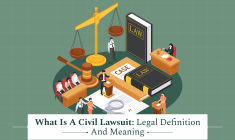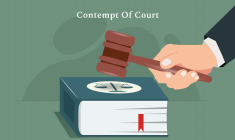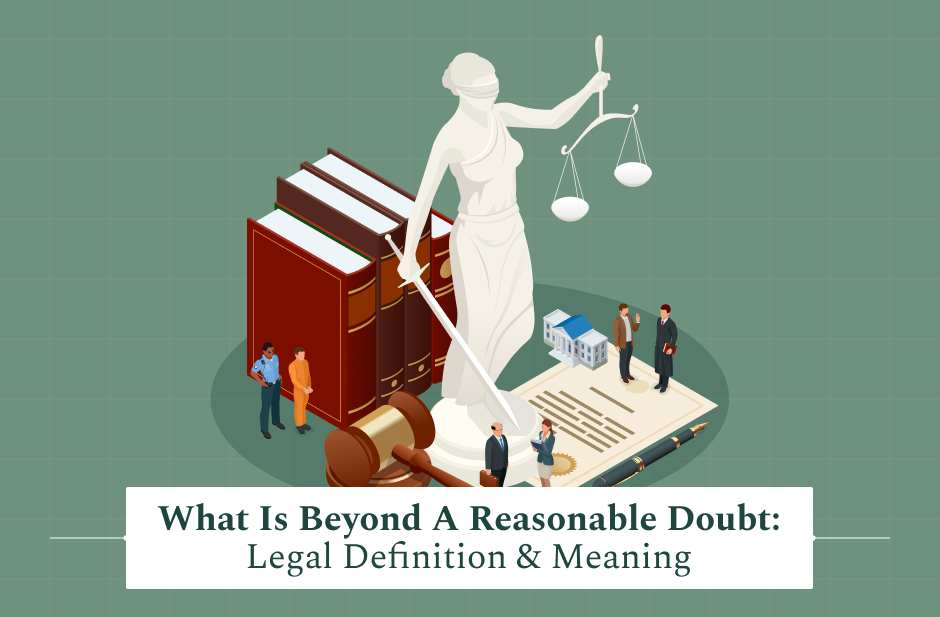To sue someone, first draft a complaint and provide details about your injuries. Also include the event that led to your injuries, whether witnesses were involved, and any other facts or details relating to your complaint that can support your case. Before seeking the help from the lawsuits it will be better to know how does a lawsuit work. We all know every lawsuits are different and on the basis of their work and functions things are becoming different.
Let’s see how lawsuits are preceding their individual client cases.
A complaint should consist of the following;
- Specific details about the injuries you sustained
- The person or company liable for causing your injuries or the “defendant”
- The legal basis for your complaints, such as a faulty product that caused chemical burns or faulty electrical wiring that caused injury in a building
- The amount of compensation or “damages” you are asking for
After finalizing and filing your complaint with the clerk of courts, your complaint is processed, and the other party is notified.
Most cases are settled before they reach a courtroom, however, in some cases, a hearing is scheduled.
4 Stages of a Case

There are typically four stages of a case, the complaint phase, the answer phase, the discovery phase, and the motion phase. If you want to know about how does a lawsuit work these are the stages which every lawsuits are following for case execution.
1. Complaint And Answer Phase
Since a complaint was already filed, the next phase is the answer phase. The defendant has a certain amount of time to answer questions given to them based on the complaint made. The defendant has the opportunity to give their side of the dispute.
During this phase, the defendant will typically hire an attorney. This is the first step of how does a lawsuit work
2. Discovery Phase
After the lawsuit is filed, the second phase begins. In the discovery phase, both the plaintiff and defendant ask and answer a series of questions. They do this through a written form known as “interrogatories”.
This phase gathers information and builds the case. This phase is typically the longest and can take anywhere from several months to a year or more.
3. Motion Phase
A motion or summary disposition is an application requesting that the courts or judge make a decision. Only the prosecuting personal injury attorney can file a motion.
Each motion varies. Some motions may ask that part or all of a plaintiff’s or defendant’s defense be dismissed.
Differences Between Civil Vs. Criminal Lawsuits Work
Both types of cases are not the same. Civil trial is more like a trial where the person is not guilty but court is taking him on the basis of the tort.But for the criminal law things are entirely different.The public prosecutor is taking the person to court after breaking the criminal law.
So the functions of these two lawsuits are also different. Usually, the three general categories of torts fall into the space. Intentional torts, negligent torts, and accidental torts. The purpose of tort law is to ensure the victim’s compensation for their losses and prevent the chances of future losses.
For criminal trials, people are presenting proof of their innocence in the courtroom. If they can’t present proof of their incense. Then based on government rules, the judges are taking the verdict.
Here are the steps in which every lawsuit is proceeding for civil cases.
- Try to settle the issue outside of the court.
- File the lawsuits and search the proof of the innocence of their clients.
- Pretrial discussions and motions.
- Settlement discussions.
- Trial and judgments.
- Apparel to judges.
Hiring An Attorney
Before making a claim and drafting a complaint, hire an attorney that specializes in personal injury. A lawyer will guide you through the steps and speak on your behalf.
Hire the best burn injury attorneys to win your case. It’s important to find a law firm that is reputable, experienced, and has won cases specifically in personal injury. Are you thinking to hire a lawsuit for dealing your cases in the courtroom. You can share your experiences through the comment sections.
Read Also:















